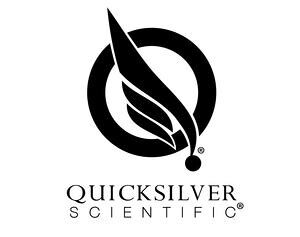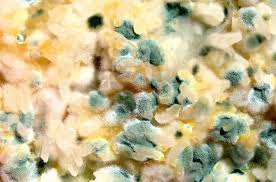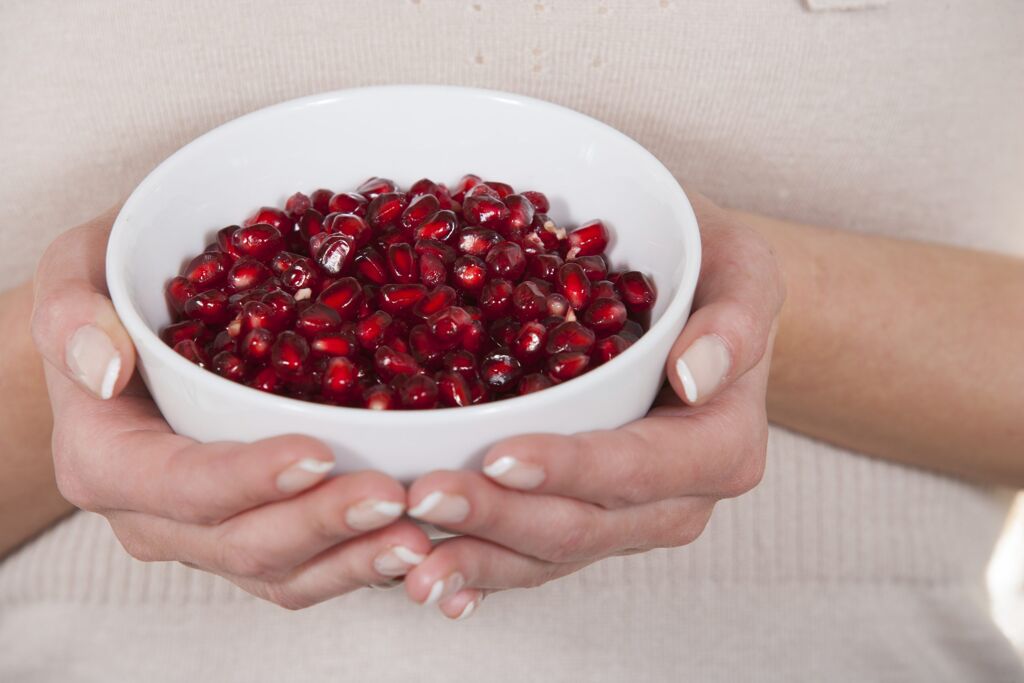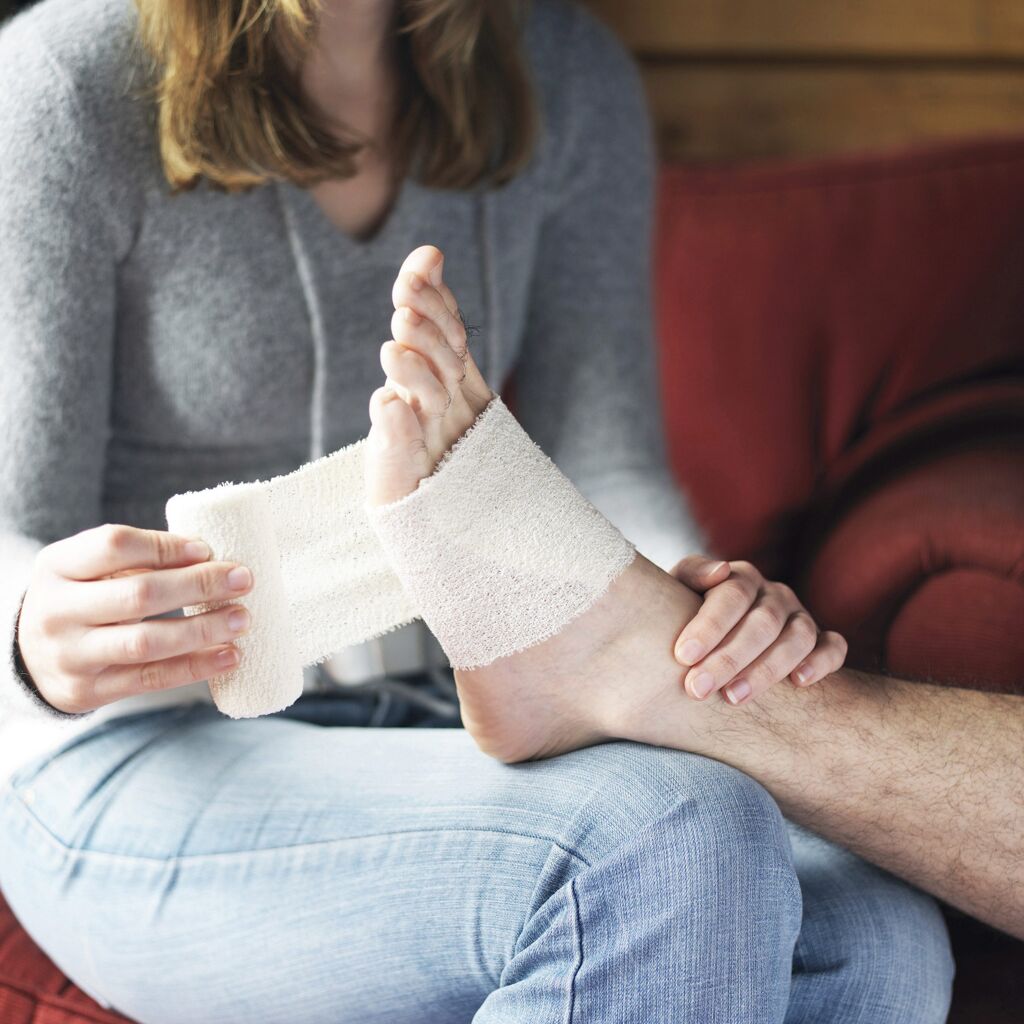Men’s Health : Exercise, Libido and Prostate issues

In our previous article, we discussed the biochemical factors responsible for men’s health. The main biochemicals involved being hormones and enzymes. We also discussed male menopause, and the changes that occur to the structure and composition of these chemicals during andropause. This article explores the sexual and physical aspects of men’s health. This post, therefore, covers:
- Various forms of exercise and how they affect men’s health
- Sex drive and men’s sexual health
- Prostate issues.
So, let’s dive right in.
Exercise and Men’s Health
Physical exercises are various activities undertaken by an individual to either improve or retain their levels of physical fitness, health and well-being (Hassmen, et al, 2000). There are various reasons for working out, as different types of exercise affect different parts/systems in the body. The various purposes of workout include:
- Losing weight or staying in shape.
- Development and strengthening of muscular tissue.
- Improvement of the cardiovascular system.
- Improving one’s athletic fit.
- For recreational purposes.
Depending on the purpose of workout, various training routines have been developed. While there are numerous exercise regimens out there, this article discusses three, exploring their use, pros and cons. The regimen described are:
- High Intensity Interval Training (HIIT).
- Weight training.
- Cardio workout.
1. High Intensity Interval Training and Men’s Health
Also known as Sprint Interval Training (SIT), HIIT is a training technique that involves alternating between rounds of intense, all-out bursts of exercise and short recovery periods. HIIT is a complete form of training that can be used by individuals lifting weights (anaerobic) and aerobically in cardio workouts. Although not a standalone workout regimen, HIIT has gained popularity within the fitness community for the massive gains it promises (Laursen & Jenkins, 2002). According to research, about 20 minutes of interval training burns calories the equivalent to 60 minutes of steady state exercise. HIIT offers various benefits to the users, and this is a leading cause for its widespread popularity. The next section outlines the advantages of High Intensity Interval Training.
To Read About Blog Topic, Scroll Down
Want To Work With Our Clinic?
Do you have a chronic or mystery illness that no one has been able to help you with? Are you simply wanting to re-connect with a healthier version of yourself? It’s Time To Finally Feel Better!
Merits of HIIT
- HIIT is an all-round form of training known to improve both aerobic and anaerobic fitness.
- HIIT brings faster results, and is thus the go-to regimen for those with tight schedules.
- HIIT improves insulin sensitivity, which means that muscles used during workout absorb glucose more readily to make energy.
- HIIT results in highly improved cardiovascular health.
- You could perform HIIT virtually anywhere, saving time and costs.
- HIIT generally results in lowered abdominal fat and body weight, while retaining muscle fitness.
- SIT results in better blood pressure and cholesterol profiles.
While offering a myriad of benefits, HIIT also has a few limitations. These include;
- Medics urge those leading sedentary lifestyles to start with smaller workouts before considering HIIT. This is because engaging in HIIT as a standalone with no warm up increases the chances of a cardiac arrest.
- Those with a family history of smoking, diabetes, high blood and pressure and abnormal cholesterol levels may also need clearance from their physicians to perform HIIT. Interval training helps balance blood glucose and cholesterol levels, therefore those undergoing medication for diabetes should consult their functional medical doctor on whether to alter their medications.
- One is also required to establish a ‘base fitness’ level before engaging in SIT.
Thus, adding HIIT into your training program is likely to do wonders as it improves your cardiorespiratory fitness coupled with other benefits.
2. Weight Training and Men’s Health
This is a strength training program that improves the strength and size of skeletal muscles. Various sports use weight training as part of their regimen, and this has contributed to the undying popularity of this workout regimen (Biscontini, et al, 2007). The workout is achieved by using various bodily muscles to lift weights against the force of gravity, and could be done either by free weights or those supported by a machine. I’ll outline the benefits of strength training;
- Improved strength and endurance.
- Improved muscle mass.
- Increased bone density (and thus a lower risk of developing osteoporosis).
- Long term fat loss, owing to the fact that a rising muscle mass implies an increase in basal metabolic rate.
- Stronger muscles also result in better posture, stronger joints and a lower risk of physical trauma.
- Improved athletic performance.
Weight training also faces various limitations, with safety being the major demerit. One should have company at all time, in case they are unable to do a repetition due to the heavy weights. You also run the risk of severing a joint or pulling a muscle when working out. In general, strength training is an excellent workout regimen whose health benefits should not be overlooked.
3. Cardio workout
This is the kind of exercise that improves one’s heart rate. A well-developed cardio-vascular system implies that more blood vessels can carry oxygen to the muscular tissue (Richard, 2008). The aim of cardio workouts is to keep the heart beating at between 50 and 75% of its maximum beating rate. Examples of cardio workouts include: cycling, swimming, walking, jogging and aerobic workouts. The next session describes the merits of cardio.
Advantages of cardio workout
- Better cardiopulmonary health.
- Improved sleep.
- Increased metabolism.
- Weight loss.
- Helps with depression, anxiety and mood swings.
- Improved performance of the entire body.
This type of workout also has its shortcomings, including:
- Physical injuries resulting from pressure on the joints.
- Sleeplessness due to increased energy.
- Hypertension that arises from the increased heart rate.
- High calorie intake by the individual.
Health and fitness experts seem to favor HIIT over endurance exercise programs since it offers the same health benefits in record time. Interval training has been shown to increase metabolic function, aerobic capacity and strength twice as much compared to endurance training.
Depending on your body structure and the kind of person you’d want to look like, these varieties of exercise offer options to improve your health and well-being.
Libido and Men’s Health
Sex drive, besides being a cornerstone in maintaining healthy relationships, also plays a huge role in men’s health. A man’s sexual desire reflects both their sexual and physical well-being (Akira, 2013). Thus, a declining sex drive could indicate underlying medical problems yet to be uncovered. It is, therefore, important to know the causes of a decreasing sex drive, and these include:
- Stress- stress stimulates the production of hormone cortisol, which constricts blood vessels and may lead to erectile dysfunction.
- Depression can reduce libido by altering the body’s biochemistry.
- Low self-image.
- Abuse of alcohol and other substances.
- Erectile dysfunction.
- Hormone imbalance.
- Insufficient sleep.
- Reduced testosterone
To curb low libido, men have to improve their physical, mental as well as sexual well-being. Depending on the cause, the following practices could help bring one’s sex drive up to normal;
- Testosterone replacement therapy.
- Changing the medical prescriptions if the one’s currently in use reduce libido.
- Healthier lifestyle choices.
Reducing intake of alcohol and other substances.
Erectile Dysfunctions and Men’s Health
This is the inability to have and maintain an erection. Nitric oxide helps in muscle contractions that lead to the rigidity of the phallus. This is the reason why the drug Viagra is popular, since it works on the nitric oxide pathway. Treated by assessing the victim’s testosterone levels, nutritional deficiencies, status of the HPA axis and toxic burden.
Premature Ejaculation and Men’s Health
A common sexual issue in young-adult and middle-aged men. This is the difficulty to maintain intercourse for sustained periods. It affects both the man struggling with it and their partner, and thus may lead to a strain in the relationship. It is treated by creating a warm, open environment for communication, to establish mind-body and psychological causes. A suitable remedy is then prescribed.
Prostate issues
For most men above the age of 50, prostate problems are a common occurrence. This is due to the presence of the prostate gland in the male anatomy. This section discusses the various prostate issues in men, their causes, symptoms and treatment.
Benign prostatic hyperplasia/BPH (Enlarged prostate)
As the title suggests, this is a swollen prostate gland. Symptoms include a weak urine stream, the feeling of residual urine after they are done urinating and pain while discharging urine (Paolone, 2010).
A normal part of the aging process, BPH can be caused by hormone imbalance and factors affecting cell growth. Genetic predisposition could also be responsible for some occurrences.
It may be treated by lifestyle changes, surgery or medication.
Prostate cancer
This is the second most common cancer in men, after skin cancer (Landis, et al, 1999). While one is more likely to contact the disease as they age, there are several risk factors, including family history and race.
Prostate cancer is slow-developing, and may go unnoticed for several years. Symptoms include: frequent nocturnal urination, weak urinary streams, pain while urinating/ejaculating and difficulty initiating or terminating urination.
Prostate cancer is normally monitored using biopsies and other tests, and in most cases intervention isn’t necessary. Aggressive cases of the disease could be handled by therapy or surgical removal.
Prostatitis
This is the inflammation of the prostate gland.
This infection is normally caused by bacteria advancing toward the prostate by flowing back with infected urine or stool. Enlarged prostates, rectal intercourse, bladder infections and inserted medical procedures are all risk factors to the development of prostatitis (Krieger, et al, 1999). It manifests itself as fever, chills, frequent, difficult and painful urination.
The infection can be managed using antibiotics, anti-inflammatory drugs, pain medications, support therapy and surgical removal of the infected areas.
Generally, to avoid prostate problems, one needs to consume low saturated fat diets, while increasing fruit and vegetable intake.
Fitness Regimen for the Average Joe
- 1-3 days per week of HIIT or weight lifting. Best is to not work out again if you are still sore from the last workout. Let the body recover first.
- 10,000 steps average per day (walking / hiking). A treadmill desk is a fantastic way to get in steps while working!
- Periodic play activities that dual purpose as exercise (tennis, basketball, Ultimate Frisbee, swimming, etc.)
Pro Tip For athletes
When doing a sustained aerobic workout target no more than a heart rate of 180 – (your age). This will avoid some of the excessive stress that endurance and aerobic training can put on the heart. This also is a great place to be for optimal fat-burning.
Want help with your health? Book a free health evaluation call to see if you are a good fit for our clinic by clicking the button on the left below. If you are a clinician interested in advancing your training, please check out our online worldwide functional medicine training institute by clicking the button on the right below.
Book My Free Phone Health Evaluation Functional Medicine Certification for Clinicians
References
- Hassmen, Peter, Nathalie Koivula, and Antti Uutela. “Physical exercise and psychological well-being: a population study in Finland.” Preventive medicine1 (2000): 17-25.
- Laursen, Paul B., and David G. Jenkins. “The scientific basis for high-intensity interval training.” Sports Medicine1 (2002): 53-73.
- Berger, Richard. “Effect of varied weight training programs on strength.” Research Quarterly. American Association for Health, Physical Education and Recreation2 (2008): 168-181.
- Kahn, June E., and Lawrence JM Biscontini. Morning Cardio Workouts. Human Kinetics, 2007.
- Tsujimura, Akira. “The relationship between testosterone deficiency and men’s health.” The world journal of men’s health 31.2 (2013): 126-135.
- Paolone, David R. “Benign prostatic hyperplasia.” Clinics in geriatric medicine2 (2010): 223-239.
- Landis, Sarah H., et al. “Cancer statistics, 1999.” CA: A cancer Journal for Clinicians 49.1 (1999): 8-31.
Are You Suffering From A Chronic Illness?
Does your current health situation look like this…
- Do you feel that you have tried many things and either nothing works, or the treatment does not hold?
- Have you been told that there is nothing that can be done to reverse your illness and you just need to manage symptoms?
- Does your illness impact your work, your family, your happiness and your social life?
We specialize in finding answers and solutions for complicated chronic illness when people feel like they have tried everything. If this sounds like you, book a free call with us to see if we are the right fit for your health goals.
Dr. Miles has spoken for the following organizations:


















Responses